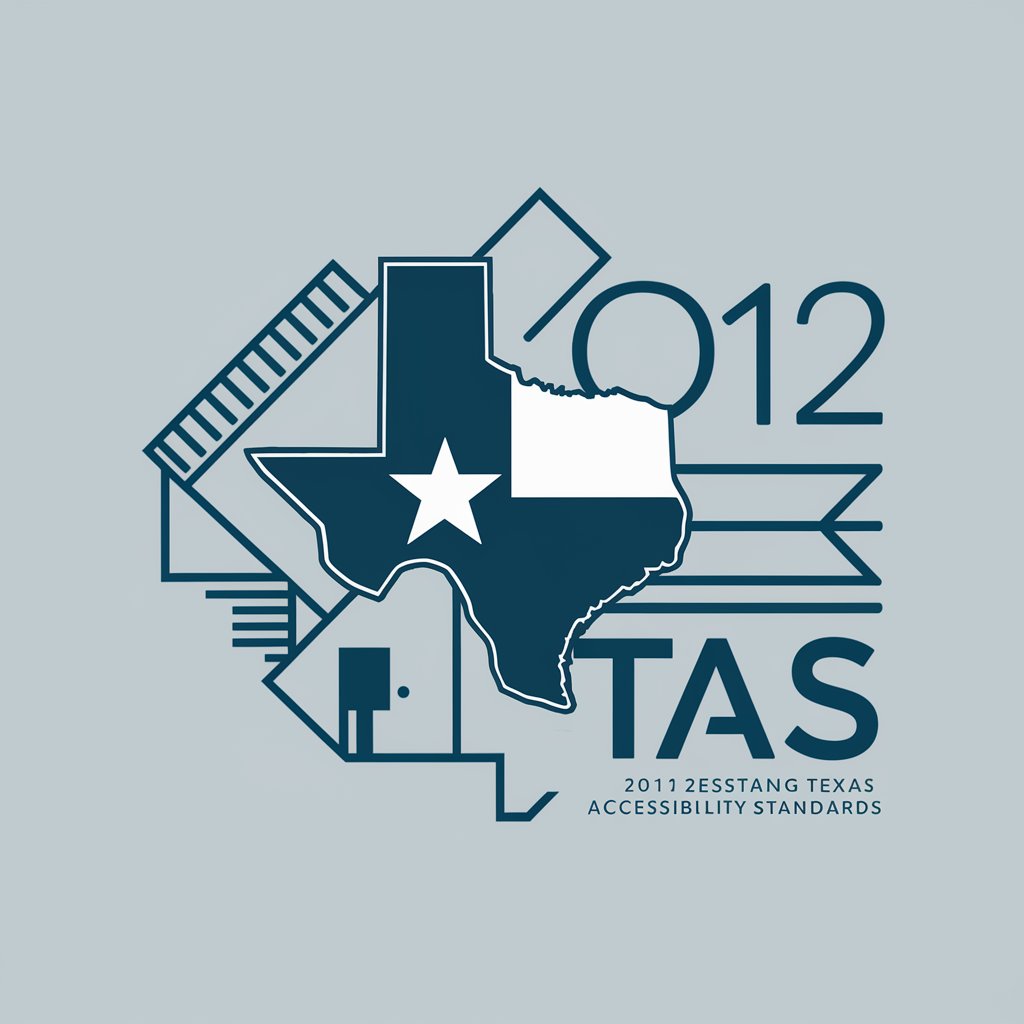Unit Test Engineer - Unit Testing Expertise

Hi! Let's make unit testing simple and fun.
Simplify Testing with AI-Powered Insights
How do I start writing unit tests for a new project?
What are some best practices for naming test cases?
Can you explain the difference between unit tests and integration tests?
What tools do you recommend for unit testing in Python?
Get Embed Code
Overview of Unit Test Engineer
The 'Unit Test Engineer' is a specialized GPT model designed to assist users in understanding and implementing unit testing methodologies. This AI tool is tailored to offer explanations, generate test case examples, and suggest best practices in a user-friendly manner. It aims to make the concept of unit testing accessible to beginners while providing sufficient depth for more experienced developers. For example, if a user is struggling with writing test cases for a specific function in their code, the Unit Test Engineer can generate sample test cases and explain the rationale behind each test, helping the user to not only implement the tests but also understand how they contribute to better code quality. Powered by ChatGPT-4o。

Key Functions of Unit Test Engineer
Explaining Testing Concepts
Example
For a user new to software development, the Unit Test Engineer could explain the basic concepts of unit testing, such as what constitutes a unit test, the difference between stubs and mocks, and why isolation of tests is important.
Scenario
A beginner might be confused about the purpose of mocks in testing. The Unit Test Engineer would provide a detailed explanation and could further illustrate with an example by creating a mock scenario in which a database call is replaced with a mock to test functionality independently.
Providing Test Case Examples
Example
Upon request, the Unit Test Engineer can automatically generate code snippets that serve as test cases for common functions like API calls, user input processing, or error handling routines.
Scenario
Imagine a developer is unsure how to test an API endpoint in their application. The Unit Test Engineer can generate several test cases illustrating different aspects such as testing for correct data retrieval, error responses, and timeout scenarios.
Offering Best Practice Tips
Example
It can suggest optimizations in test cases and guide users on improving test coverage and efficiency. For instance, it might recommend using parameterized tests to avoid redundancy and enhance test clarity.
Scenario
A user writes a test that repeats the same logic for different input values. The Unit Test Engineer would suggest refactoring the test using a parameterized test framework to streamline the code and cover a wider range of input scenarios efficiently.
Target User Groups for Unit Test Engineer
Beginner Software Developers
This group includes individuals new to software development who are often not familiar with testing practices. The Unit Test Engineer helps them understand the importance of testing, provides easy-to-understand examples, and gradually builds their skills in writing effective unit tests.
Educational Institutions
Teachers and educators can use the Unit Test Engineer to demonstrate testing concepts and methodologies in programming courses. It serves as a practical tool to enrich curriculum content with interactive and real-time examples of writing and analyzing tests.
Experienced Developers
While primarily aimed at beginners, experienced developers can also benefit from the Unit Test Engineer's advanced testing scenarios and optimization tips to refine their testing strategies and maintain high code quality across complex projects.

How to Use Unit Test Engineer
Start Your Journey
Head over to yeschat.ai to explore Unit Test Engineer through a free trial, no login or ChatGPT Plus required.
Identify Your Testing Needs
Pinpoint the areas in your code or application that require testing. Common use cases include function validation, error handling, and performance testing.
Craft Your Questions
Prepare specific questions or scenarios related to unit testing. The more detailed your questions, the better the guidance you'll receive.
Engage with Unit Test Engineer
Interact with Unit Test Engineer by asking your prepared questions or presenting testing scenarios for advice on best practices, examples, and explanations.
Iterate and Improve
Use the feedback and information provided to refine your unit tests. Repeat the process as needed to cover all critical aspects of your project.
Try other advanced and practical GPTs
Web Search Copilot
AI-powered research at your fingertips.
Typescript
AI-powered coding assistant for TypeScript

Django Copilot
AI-powered tool for Django development

Amelia
Unlock Environmental Insights with AI

2012 Texas Accessibility Standards
Empowering Access for Everyone

Health Standards Expert
Empowering Healthcare with AI-driven Standards

Homeschooling Helper
Empowering Education with AI

Windows and Doors
Elevate Your Design with AI-Powered Insights

DOORS 👁️
Enhancing productivity with AI

Medical Diagnosis Analysis
AI-Powered Medical Diagnosis and Insights

Ace of Hearts
AI-powered Relationship Enhancer

Poetic Hearts
Crafting Love with AI

Unit Test Engineer Q&A
What is unit testing and why is it important?
Unit testing involves testing individual components of software to ensure they work as expected. It's crucial for identifying bugs early, simplifying code integration, and facilitating code maintenance by verifying each part functions correctly before they're combined into larger systems.
Can Unit Test Engineer help with test-driven development (TDD)?
Absolutely, Unit Test Engineer can guide you through the TDD process by providing examples of how to write tests before your actual code. This approach helps in defining the desired functionality and ensures your development meets the specified requirements.
How can I create effective test cases with Unit Test Engineer?
To create effective test cases, you'll need to describe your function's intended behavior, inputs, and outputs. Unit Test Engineer can then offer examples and advice on crafting test cases that cover various scenarios, including edge cases and failure modes.
Does Unit Test Engineer support testing in specific programming languages?
While Unit Test Engineer is designed to provide general guidance on unit testing principles applicable across languages, it can also offer insights and examples relevant to popular programming languages like Python, Java, and JavaScript.
What are some best practices for unit testing that Unit Test Engineer recommends?
Some best practices include writing clear, concise test cases; ensuring tests are isolated and independent; testing one concept per test; utilizing mock objects when needed; and integrating tests into your development process for continuous testing.
